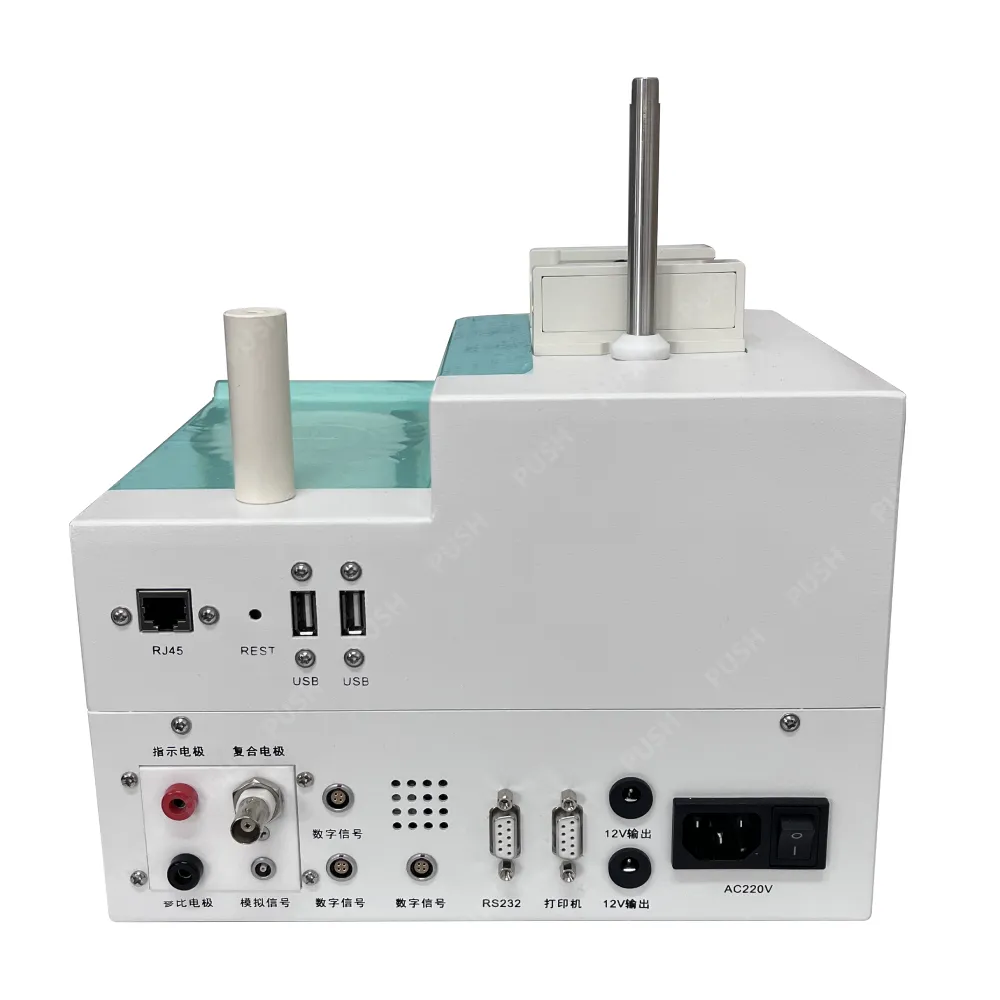 English
English



-
 Afrikaans
Afrikaans -
 Albanian
Albanian -
 Amharic
Amharic -
 Arabic
Arabic -
 Armenian
Armenian -
 Azerbaijani
Azerbaijani -
 Basque
Basque -
 Belarusian
Belarusian -
 Bengali
Bengali -
 Bosnian
Bosnian -
 Bulgarian
Bulgarian -
 Catalan
Catalan -
 Cebuano
Cebuano -
 China
China -
 China (Taiwan)
China (Taiwan) -
 Corsican
Corsican -
 Croatian
Croatian -
 Czech
Czech -
 Danish
Danish -
 Dutch
Dutch -
 English
English -
 Esperanto
Esperanto -
 Estonian
Estonian -
 Finnish
Finnish -
 French
French -
 Frisian
Frisian -
 Galician
Galician -
 Georgian
Georgian -
 German
German -
 Greek
Greek -
 Gujarati
Gujarati -
 Haitian Creole
Haitian Creole -
 hausa
hausa -
 hawaiian
hawaiian -
 Hebrew
Hebrew -
 Hindi
Hindi -
 Miao
Miao -
 Hungarian
Hungarian -
 Icelandic
Icelandic -
 igbo
igbo -
 Indonesian
Indonesian -
 irish
irish -
 Italian
Italian -
 Japanese
Japanese -
 Javanese
Javanese -
 Kannada
Kannada -
 kazakh
kazakh -
 Khmer
Khmer -
 Rwandese
Rwandese -
 Korean
Korean -
 Kurdish
Kurdish -
 Kyrgyz
Kyrgyz -
 Lao
Lao -
 Latin
Latin -
 Latvian
Latvian -
 Lithuanian
Lithuanian -
 Luxembourgish
Luxembourgish -
 Macedonian
Macedonian -
 Malgashi
Malgashi -
 Malay
Malay -
 Malayalam
Malayalam -
 Maltese
Maltese -
 Maori
Maori -
 Marathi
Marathi -
 Mongolian
Mongolian -
 Myanmar
Myanmar -
 Nepali
Nepali -
 Norwegian
Norwegian -
 Norwegian
Norwegian -
 Occitan
Occitan -
 Pashto
Pashto -
 Persian
Persian -
 Polish
Polish -
 Portuguese
Portuguese -
 Punjabi
Punjabi -
 Romanian
Romanian -
 Russian
Russian -
 Samoan
Samoan -
 Scottish Gaelic
Scottish Gaelic -
 Serbian
Serbian -
 Sesotho
Sesotho -
 Shona
Shona -
 Sindhi
Sindhi -
 Sinhala
Sinhala -
 Slovak
Slovak -
 Slovenian
Slovenian -
 Somali
Somali -
 Spanish
Spanish -
 Sundanese
Sundanese -
 Swahili
Swahili -
 Swedish
Swedish -
 Tagalog
Tagalog -
 Tajik
Tajik -
 Tamil
Tamil -
 Tatar
Tatar -
 Telugu
Telugu -
 Thai
Thai -
 Turkish
Turkish -
 Turkmen
Turkmen -
 Ukrainian
Ukrainian -
 Urdu
Urdu -
 Uighur
Uighur -
 Uzbek
Uzbek -
 Vietnamese
Vietnamese -
 Welsh
Welsh -
 Bantu
Bantu -
 Yiddish
Yiddish -
 Yoruba
Yoruba -
 Zulu
Zulu
hipot test machine
Understanding Hipot Test Machines Ensuring Electrical Safety
Electrical safety is paramount in the design and manufacturing of electrical devices and components. One of the most crucial tools employed to ensure this safety is the Hipot test machine, also known as a dielectric withstand tester or high potential tester. This device is designed to assess the insulation integrity of electrical equipment, helping to prevent potential hazards such as electric shock and equipment failure.
What is a Hipot Test?
The term Hipot is an abbreviation of high potential. The Hipot test involves applying a high-voltage stress to an electrical device's insulation to determine if it can withstand over-voltage conditions. The test effectively simulates real-world electrical surges or spikes that a device may encounter during its operation. By exposing the insulation to a higher voltage than it would normally experience, manufacturers can identify weak spots or potential failures before the product reaches consumers.
How Does a Hipot Test Machine Work?
A typical Hipot test machine consists of several key components, including a high-voltage power supply, control panel, and measuring instruments. The process begins by connecting the test leads of the Hipot tester to the device under test (DUT). Once the connection is secure, the machine applies a predetermined high voltage between the conductive parts and the chassis or ground of the device.
hipot test machine

The test usually lasts from a few seconds to several minutes, during which the machine monitors the current flowing through the insulation. If the insulation is adequate, the current remains within specified limits. However, if it exceeds these limits, it indicates a failure in the insulation, suggesting potential leakage or breakdown that could lead to electric shocks or damage.
Importance of the Hipot Test
Conducting a Hipot test is not just a regulatory requirement; it is a critical step in ensuring the reliability and safety of electrical products. Many industries, including automotive, medical, and consumer electronics, have stringent standards that mandate the use of Hipot testing to ensure compliance with safety regulations. Regular testing ensures that products not only meet safety standards but also build trust with consumers, protecting manufacturers from legal liabilities and costly recalls.
Moreover, by identifying insulation weaknesses early in the design and manufacturing stages, companies can make necessary adjustments to improve product design and avoid premature failures in the field. This proactive approach not only enhances safety but also contributes to overall product quality and longevity.
Conclusion
In summary, Hipot test machines play a vital role in the electrical testing landscape. By ensuring that products can safely handle high-voltage situations, manufacturers can mitigate risks associated with electrical failures. As technology continues to advance and product designs become more complex, the importance of comprehensive testing protocols, including the use of Hipot testers, cannot be overstressed. Ultimately, these machines not only protect consumers but also uphold the integrity of the manufacturing industries that rely upon them.
-
Ensuring SF₆ Gas Safety: Introducing PUSH’s Integrated SF₆ Analyzer for Dew Point, Purity, and Decomposition MonitoringNewsJul.10,2025
-
Exploring the Main Types of Industrial Endoscopes and Their Applications Across IndustriesNewsJul.04,2025
-
Testing Equipment Industry Sees Major Advancements in 2025: Smart & Precision Technologies Lead the WayNewsJun.06,2025
-
Applications of Direct Current Generators in Renewable Energy SystemsNewsJun.05,2025
-
Hipot Tester Calibration and Accuracy GuidelinesNewsJun.05,2025
-
Digital Circuit Breaker Analyzer Features and BenefitsNewsJun.05,2025



